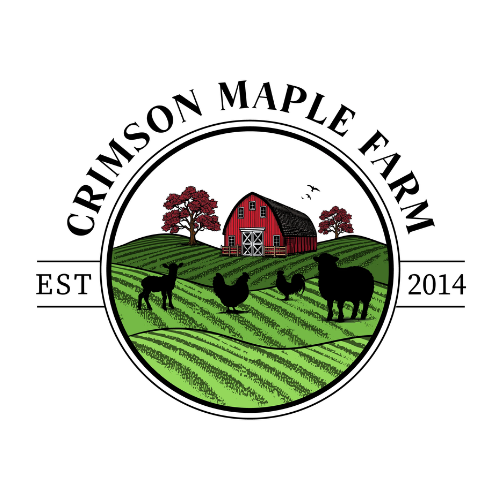A Glimpse into Crimson Maple Farm
It is a winter day here in 2021 and I begin writing my first blog about not only our goat dairy, but also about our farm.
Introduction
As the winter of 2021 settles upon us, I find myself eager to share the captivating story of our goat dairy and farm. Welcome to my first blog post! I am Barrie Voth, the proud owner and operator of Crimson Maple Farm, nestled just fifteen minutes south of the charming town of Salmon Arm in beautiful British Columbia. Over the coming months, I will provide an in-depth exploration of our work, the driving forces behind our choices, and our visionary path for the future of our dairy farm. Presently, we milk 115 Alpine and Saanen dairy goats, along with a few Toggenburg does. While this number is lower than our typical milking head count, which ranges from 160 to 180, we have temporarily dried off several does in preparation for their upcoming births. With the impact of the ongoing COVID-19 pandemic, we have also experienced increased sales of milking does to hobby farmers, further influencing our milking numbers. Our journey began in 2014 with 92 goats, and within six months, our milking count had grown to approximately 150.
Embracing Joy and Challenges
Looking back nearly seven years, I vividly recall the countless moments of joy that have defined my dream since I was fifteen years old in Matsqui B.C. However, within the realm of farming, particularly livestock raising, challenges are an integral part of the journey. Welcoming around 400 newborn kids each year brings its own unique set of hurdles. Most of the time, kidding progresses smoothly, with does effortlessly birthing their young, tenderly cleaning and warming them. Yet, there are moments of frustration when a doe experiences difficulties during labor, requiring intervention to address issues like entangled legs in cases of triplets or quads.
Preparing for Kidding Season
As we gear up for another kidding season, the reality of our responsibilities becomes strikingly clear. Late evenings will find me assisting new mothers in caring for their newborn kids, milking their colostrum to ensure each little one receives the valuable nourishment they need for a strong start in life. This commitment extends into the early morning hours, creating a demanding yet fulfilling routine.
The Rhythms of Farm Life
Our daily chores commence at 4 a.m., a steadfast ritual year-round. However, during kidding season, 3 a.m. awakenings become the norm. Those who have never experienced the intensity of a kidding season, lambing, or calving may not fully grasp the demands placed upon us. It is not solely the physical labor that makes it challenging but also the surge of adrenaline that accompanies each birth, with anticipation mounting for the arrival of the next miracle.
Scaling Our Farming Operation
At Crimson Maple Farm, we embrace a more modest scale of farming, distinguishing us from larger operations with thousands of animals. Our preferred range typically encompasses milking between 140 and 180 goats. Despite this, there are days when a dozen or more kids are born, filling our farm with the warmth and delight of new beginnings. In my next blog post, I will delve into the origins of our goat milking journey, shedding light on the choices that have brought us to this point. And for all you cattle enthusiasts out there, stay tuned to discover why goats have become the heart of our farm.
Conclusion
As the winter season envelops us, I am filled with a renewed sense of purpose and excitement to share our farm's tale with you. Beyond the enchantment of our goat dairy, I invite you to explore the intricacies of our daily routines, the challenges we encounter, and the profound connections we forge with our animals.

